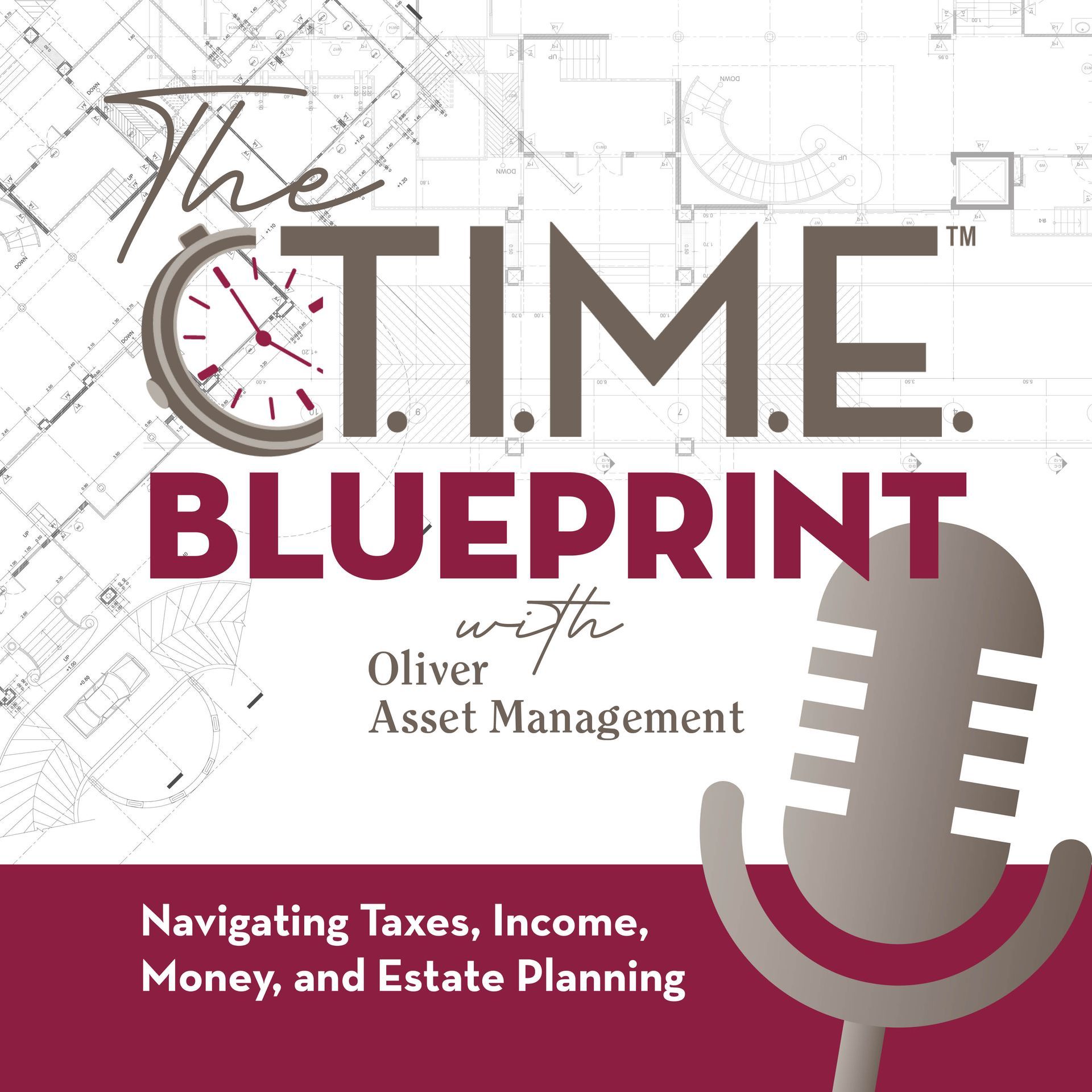The financial markets have been on a wild ride in 2020. The year began with a continuation of the bull market that started in 2009. The longest bull market in history, however, came to an abrupt end with the arrival of the COVID-19 pandemic.1
From February 20 to March 23, the S&P 500 fell by 33.67%. From that lowpoint through August 14, the index has climbed 50%. In fact, the S&P 500 has recouped all earlier losses and is now in positive territory year-to-date.2
However, that doesn’t mean your portfolio is back where it started at the beginning of the year. Your portfolio is probably allocated across a variety of asset classes. The exact allocation should be based on your specific needs, goals and risk tolerance.
Diversification, or the allocation of funds across many different assets, helps to minimize risk exposure. If one asset performs poorly, only that portion of the allocation suffers. The loss may be offset by gains in other asset classes.
Your various asset classes are always moving in different directions. For example, consider a few asset classes and their index performance through July of this year:3
BloomBarc US 1-5 Yr Government Idx (Short-term Government Treasuries): 4.36%
Bloomberg Commodity Index TR (Commodities): -14.80%
S&P 500 Index (Large-Cap U.S. Stocks): 2.38%
S&P 600 Smallcap (Small-cap U.S. Stocks): -14.48%
That’s just a sampling of some common asset classes that are often included in diversified portfolios. Over time, your allocation becomes out of balance. For example, your allocation to small cap stocks may have declined this year as the asset class has declined in value. Similarly, your allocation to short-term treasuries may have increased as those assets have risen in value.
The result is an allocation that may be very different than what you intended.
One strategy is to review and rebalance your portfolio regularly. In fact, you can set your account up for automatic rebalancing, so at regular periods, assets will be sold and purchased to get back to your original allocation.
If you haven’t reviewed your allocation lately, it’s possible it doesn’t align with your current goals and risk tolerance. We can help you implement the right allocation for your needs and continue to rebalance the portfolio on an ongoing basis.
Let’s connect soon and start the conversation. Contact us today at Oliver Asset Management.
1https://www.cnn.com/2020/03/11/investing/bear-market-stocks-recession/index.html
3https://personal.vanguard.com/us/funds/tools/benchmarkreturns






Advisory services offered through CreativeOne Wealth, LLC a Registered Investment Adviser. CreativeOne Wealth, LLC and Oliver Asset Management are unaffiliated entities.
Licensed Insurance Professional. Respond and learn how financial products, including life insurance and annuities can be used in various planning strategies for retirement. The information contained herein is based on our understanding of current tax law. The tax and legislative information may be subject to change and different interpretations. We recommend that you seek professional tax advice for applicability to your personal situation.
*Testimonials are based on unique experiences from current clients and are not representative of all client experiences. Testimonials are unsolicited and clients received no compensation (cash or non-cash). Past performance is no guarantee of future results. Testimonials are encouraged and welcomed from all prospects and clients. Investment advisory services offered through CreativeOne Wealth, LLC, a registered investment advisor. CreativeOne Wealth is not affiliated with Oliver Asset Management. Additional information about CreativeOne Wealth, LLC is available in its current disclosure documents, Form ADV, Form ADV Part 2A Brochure, and Client Relationship Summary report which are accessible online via the SEC’s Investment Adviser Public Disclosure (IAPD) database at www.adviserinfo.sec.gov, using CRD #281213.
Oliver Asset Management © 2023








